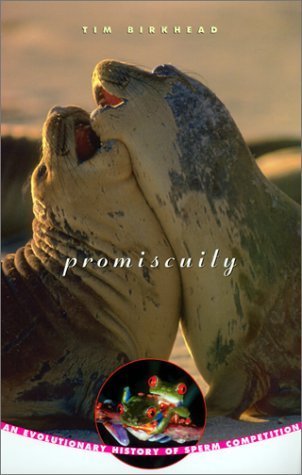What do you think?
Rate this book


292 pages, Paperback
First published May 2, 2000
Female academics interested in sexual selection on opposite sides of the Atlantic differed in their approach to the gender bias in behavioural ecology. Without doubt, the most radical feminists were (and still are) North Americans. By contrast, those in Europe adopted a much more subtle, and ultimately probably a more persuasive, strategy in their efforts to change the way (male) biologists thought about reproduction. Moreover, it is important to recognize that amending the gender bias has not ben an entirely female perogative; several male behaviour ecologists have actively promoted the female perspective. It is unfortunate, therefore, that these include several who continue to be, until recently at least, targets of North American feminist criticism. (Birkhead, 20)
Almost from the beginning, feminists interested in sexual selection ranted and gnashed their teeth in frustration at its androcentric bias, but until recently to no avail. (Birkhead, 195)
There has undoubtedly been a battle between female and male researchers to force biologists to consider the female perspective, and many with an interest in feminism may feel that, while they may not have won, there has been considerable progress.
There are two broad possibilities. Females may trade sex for resources: money, food, a house, parental care or fertility. Alternatively, or in addition, females may engage in extra-pair copulations in order to improve the genetic quality of their offspring. (Birkhead, 199)
First, in humans it is usually males that seek out females. Second, males use prostitutes for sexual gratification, not to increase their chances of paternity.
But, if having additional family was so crucial, why didn't the Inuit exchange their spouses more widely? What was so special about reciprocating pairs of couples? The answer to this question has come not from the study of people but from research on the co-operative polyandrous mating system in birds. (Birkhead, 218)